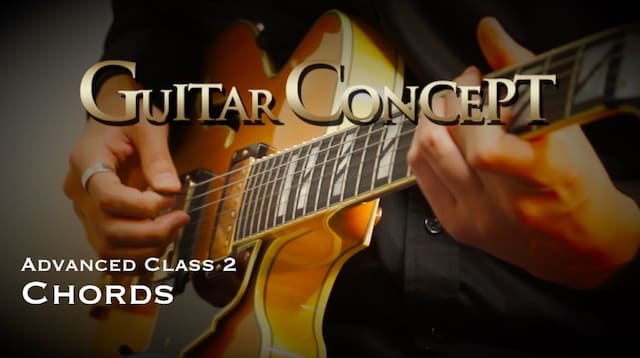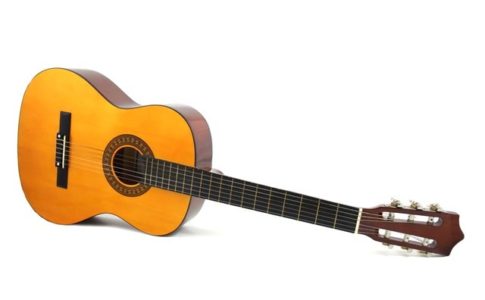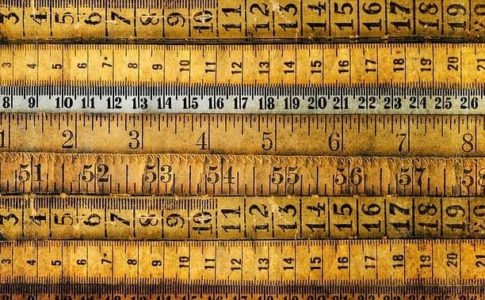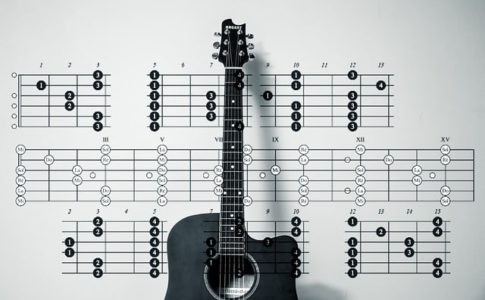Contents
Wide Voiced Triad
Here are examples of simple triad inversions.
In the video, “3rd” and “5th” of triads are used as the lowest note.
Wide Voiced #1

Wide Voiced #2

Wide Voiced #3
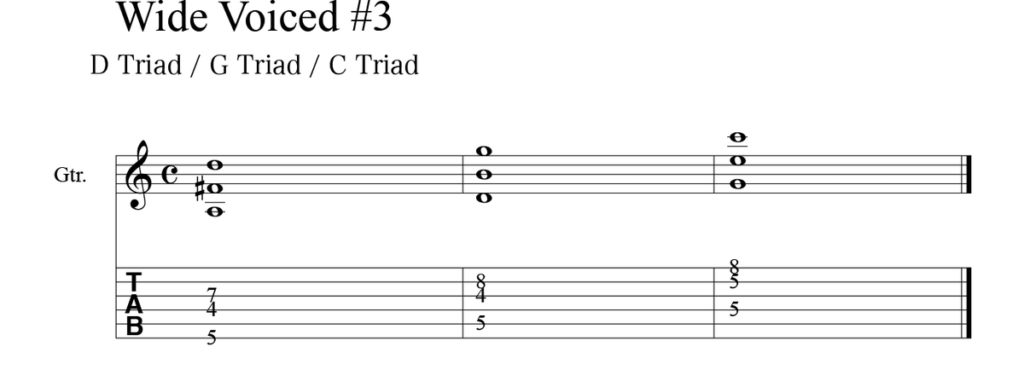
See how the chord sounds richer just by changing the arrangement of notes in a chord.
Studying difficult tension chords is good, but I personally recommend playing intros and endings with a simple chord.
Wide Voiced Triads
Tritone Substitution
Now, as the final topic of this advanced class, I will teach you “Tritone Substitution”
“Tritone Substitution” is also known as “substitute chord”.
as a “substitute chord”.
One of Chords with the “same triton” can be used as the substitute chord of the other.
The tritone is a note three whole tones away from a reference note, as briefly described in Chapter 11.
You can remember this as “#4th relationship” or “♭5th relationship”.
Let’s take “G7” as an example.

The “B” and ”F”, that is, “3rd” and “♭7th”, are three whole tone away from one another.
There is another chord having “B” and “F” as “3rd and ♭7th”, D♭7.
Let’s check the chord tones of D♭7.

You can see that D♭7 includes “B” and “F” as “♭7th” and “3rd”.
Therefore, “D♭7” can be used as the substitute chord of “G7”, and of course, “G7” can be used as the substitute chord of “D♭7”.
“G7” usually resolves to “CM7”, and “D♭7” usually resolves to “G♭M7”, but since the chords have the same tritone, “G7” can resolve to “G♭M7” and “D♭7” can resolve to “CM7”.
You can see in the next video that this is a very natural progression.
Tritone
Tritone Sub
There is always more to learn about chords.
Using what you learned in this Advanced class, you can teach yourself to be a better player!
Checkout the triad inversions listed in the next chapter.
